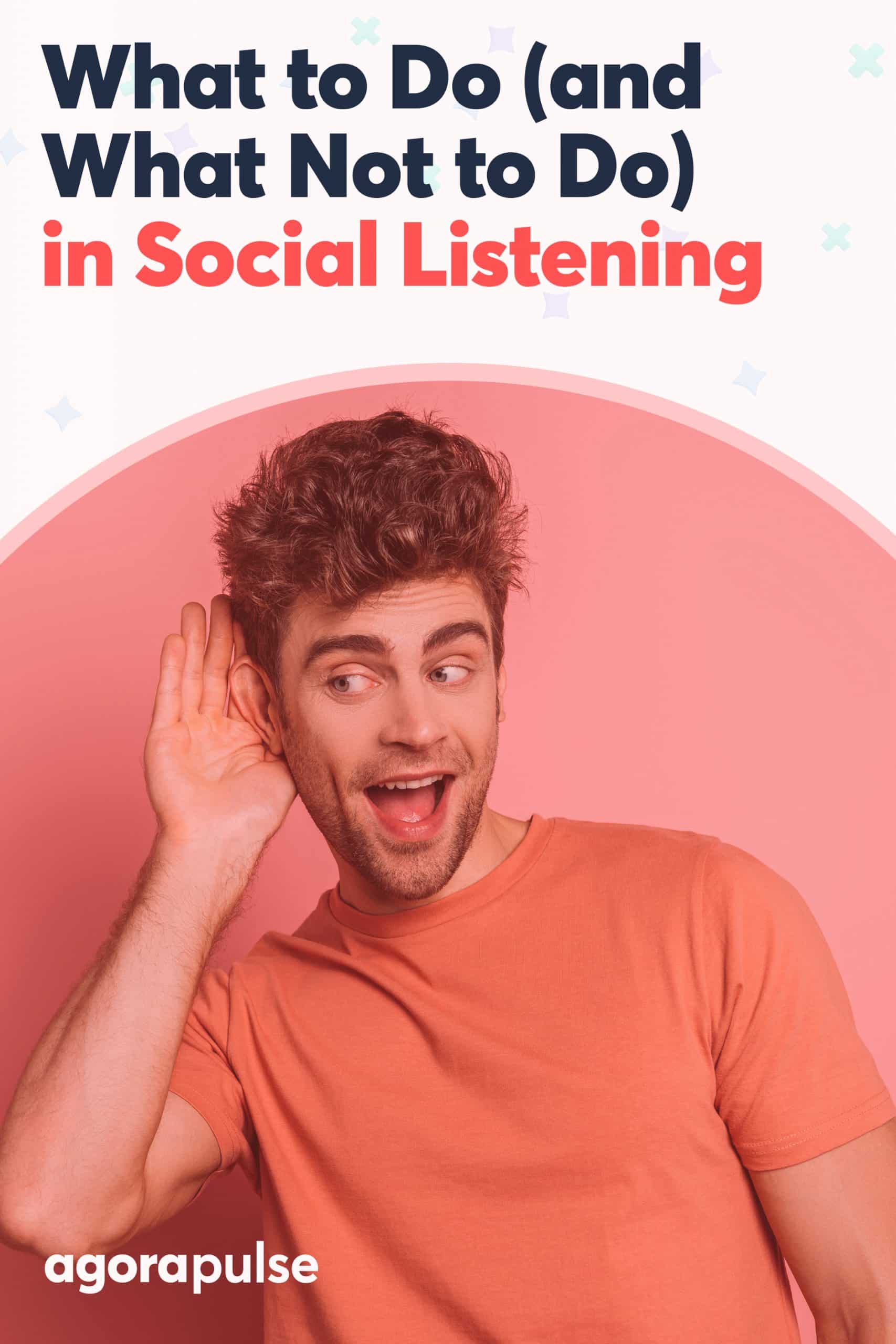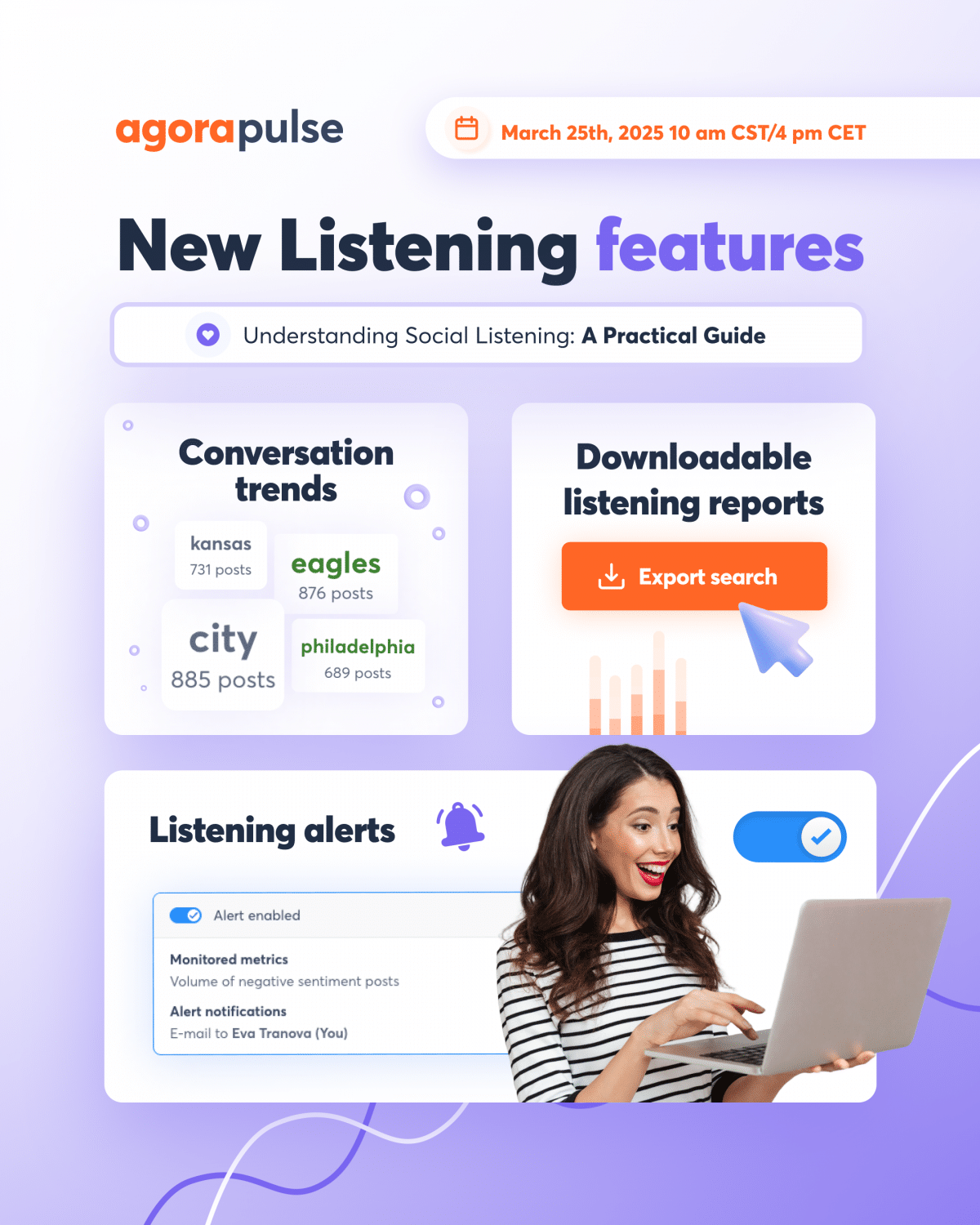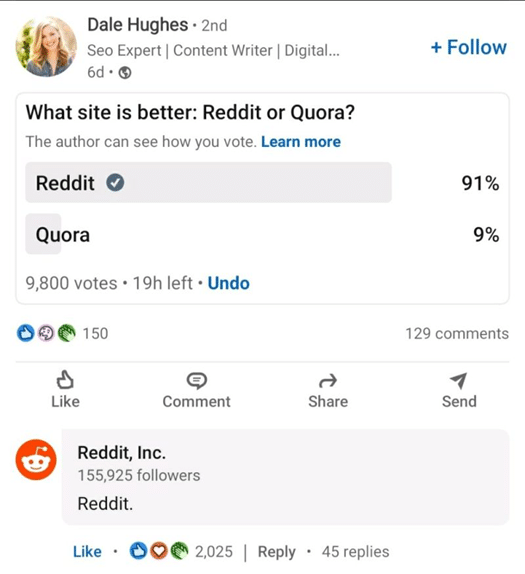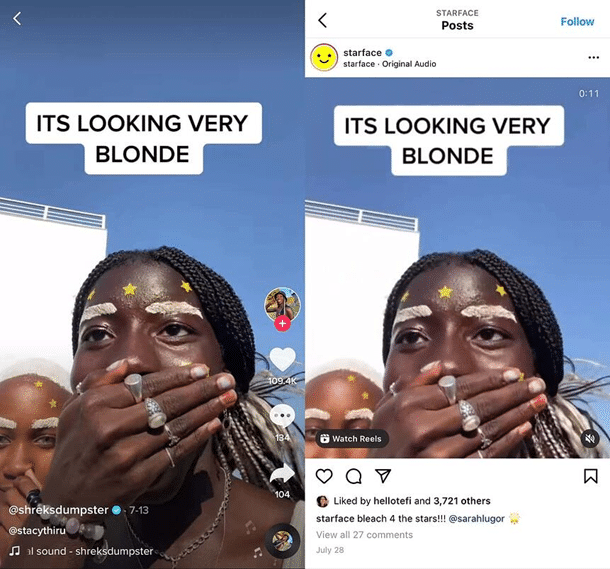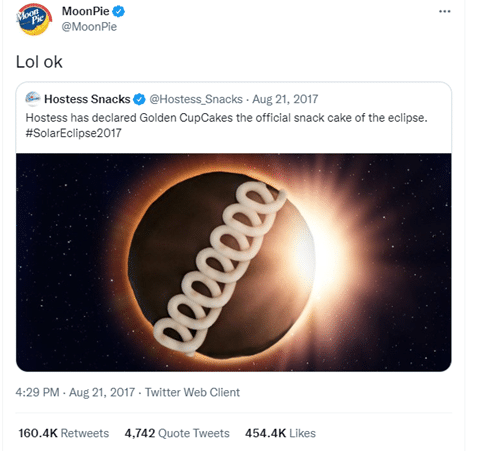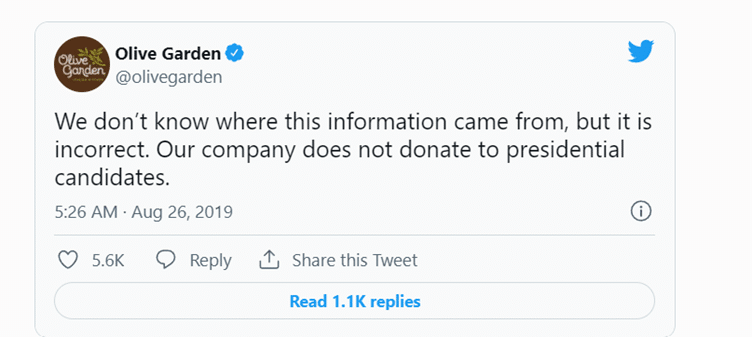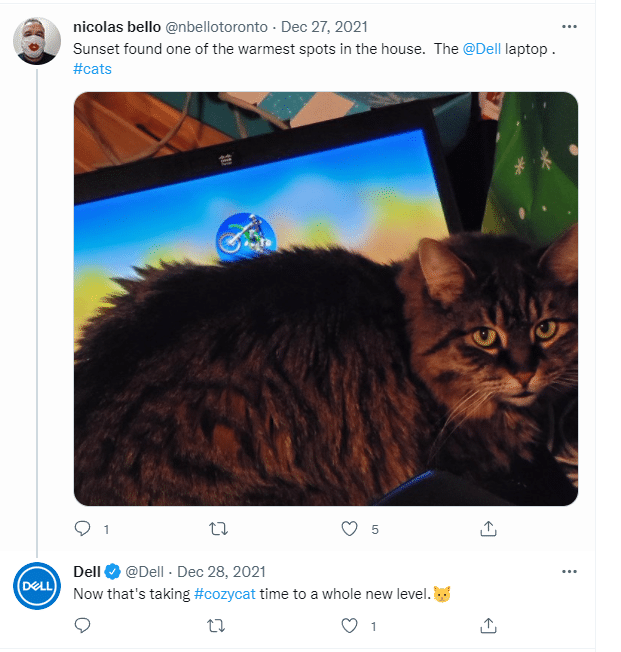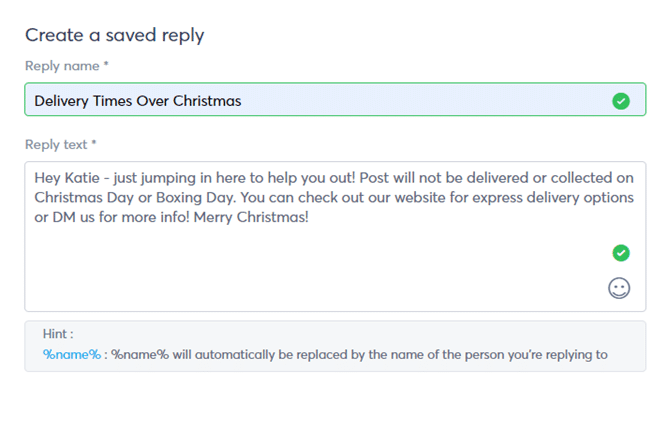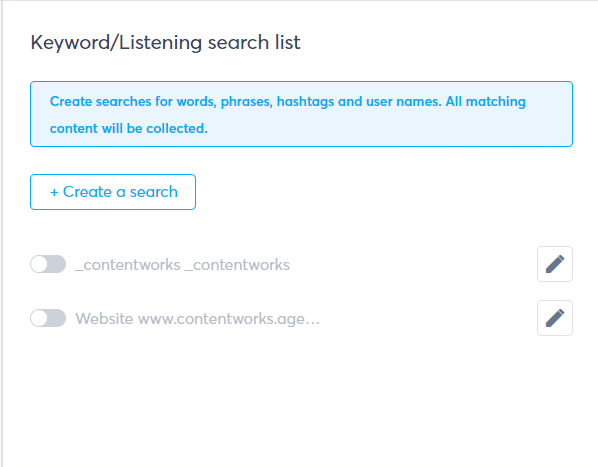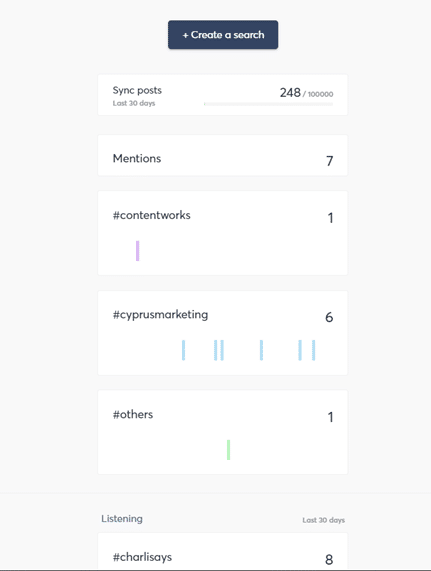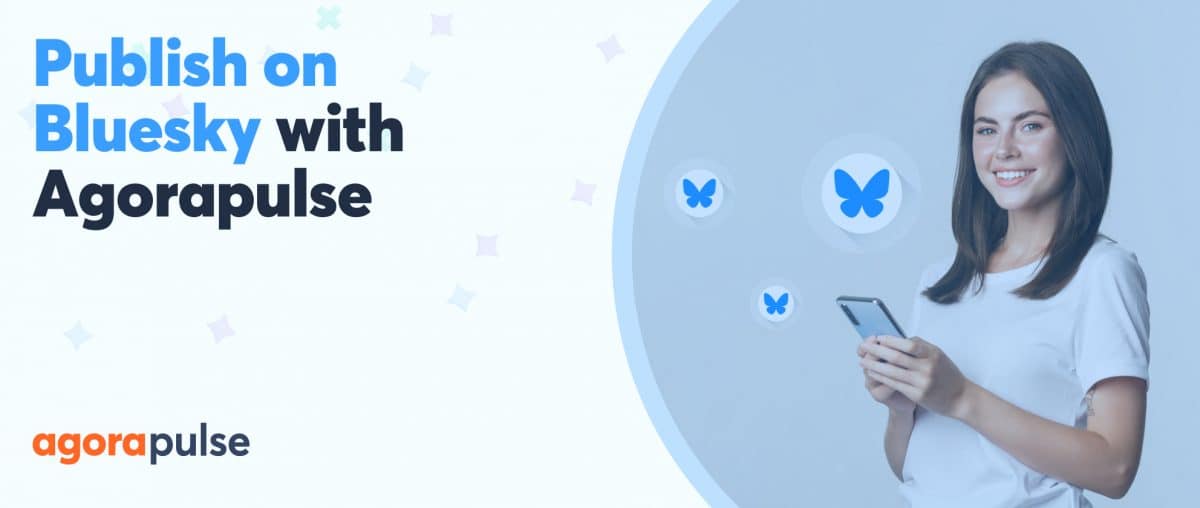The 80/20 rule of active listening says that in any sales conversation the sales rep should spend 80% of the time listening and only 20% talking. And it’s the same for social media marketing. Or at least, it should be. In addition to responding to fan comments, complaints and questions you should be monitoring sentiment. Enter social listening.
Social listening allows you to monitor sentiment in real time. That means picking up on brand mentions, both good and bad. Getting advanced warning of impending PR issues and identifying great opportunities with ambassadors, influencers or other businesses.
In this article, we’re going to look at the benefits of social listening and the brands that are rocking it.
What Is Social Listening?
In a nutshell, social listening is monitoring social media for conversations, keywords, and topics relevant to your brand. These conversations probably won’t be happening on your posts or pages. You then use that knowledge to improve your content, customer support, and even your product!
Social listening is not about tracking likes and engagement stats. It’s much more about human sentiment and the public perception of your brand. Social listening is something you should do to keep your finger on the pulse of dialogue surrounding your brand.
What Are the Benefits of Social Listening?
We’re all busy, and there’s no point in doing something if it doesn’t yield positive results.
Let’s look at the benefits of social listening.
1. Improve customer relationships
Customers often won’t complaint to you directly. They also don’t always tag you in positive comments either. If you’re not using social media listening, you’re not actually hearing what people are saying about your brand. Hint: You need to hear them.
The issue is that they usually don’t tag you. Social listening allows you to pick up comments about your brand without the tag.
Example: I’m a fan of Reddit for social media listening. They have eyes and ears everywhere, and they’re funny, too. Check out their response on a LinkedIn poll that shows they are listening to brand name mentions as they were not tagged. And over 2000 likes on their one word comment shows people love it.
2. Identify brand influencers
Forget Kylie Jenner and company, you probably can’t afford them. And anyway, we know that micro influencer marketing works best.
Find influencers that relate to your product or service. Or fans with high follower numbers who have lots of nice things to say about your brand. Through social listening you can identify, monitor, and approach them to work with you.
Example: Sarah Lugor is a content creator who posted a video of herself wearing pimple patches from Starface. She actually didn’t tag the company in the video, but, because Starface uses social listening they found the content on TikTok and reposted it to their Instagram. Sarah has 233K followers so this interaction was super beneficial for the brand. They got added exposure, great user generated content and of course, a potential collaborator.
3. Get an edge on your competition
Are your competitors treating their customers well? Are fans complaining or are they loving the service they receive? Either way, it’s good to know what’s being said and adapt your strategy accordingly. Or you could swoop in and offer them something better or a quick comeback. Brand banter is big on social media right now and if your brand has a witty or snarky side then this is for you.
Example: A lot of companies attempt to capitalize on eclipse excitement, but the crown goes to MoonPie. And rather than launching their own eclipse campaign, they just threw some shade on another with a single tweet:
4. Get advanced warning of potential PR problems
Imagine your brand is a boat on a still lake. Nothing major ever happens and everything is calm. Then one day you notice ripples across the surface. Something has happened and people are talking about your brand. Those ripples will likely become bigger and more disruptive over time. They can shake or even capsize your boat if they aren’t handled right.
This is how it is when negative PR stories go viral. It may start with one post or tweet which is then shared out. Social listening allows you to get advanced notification of potential waves heading your way so you can assemble your team accordingly.
Example: Olive Garden noticed a frenzy whipping up on social media before the last US presidential election. It was accused of donating funds to support a particular candidate. Twitter users tweeted #BoycottOliveGarden to create havoc on social media making the issue viral in a matter of hours. The restaurant, however, wasn’t having any of it. This short sharp tweet cut through the noise and pretty much averted a PR disaster. Social media listening can help you to ward off trouble before it damages your business.
5. Get ideas for your product development
Who knows what your customers want better than your customers. Right? While your product team is busy developing features they think your customers want, you can listen to what they actually want. This also applies to content and marketing ideas.
If you’re launching a product or service, be on high alert for mentions. You need to know what’s being said, even if it isn’t good.
Example: Computer giant Dell created “Idea Storm,” a community where customers shared how they would improve or change the brand’s products. This community came about after Dell conducted extensive social media listening and learnt a lot about their products. For example, an open-source notebook caused a lot of negative reactions among developers straight after its launch. This came out as a shock to the brand who were quick to listen and fix the issue. Dell is also big on community engagement leading to some great interactions like this one:
6. Utilize (and create) good news stories
It isn’t all negative in social media land. There are so many good news stories surrounding big brands that can be shared. There are also opportunities to create good news stories through social listening. For example, a social media user tweeting about their car breaking down in your area. Can your taxi firm collect them and save the day? You don’t have to play Superman at every opportunity, but there are some natural fits.
If someone is praising your brand then be sure to engage, share, and comment.
Example: Check out this great LinkedIn post about American Airlines. Social listening would ensure that the great story got shared and the hero flight attendants got a surprise gift. American Airlines – give these ladies some flowers and a pay raise!
So How Do You Actually Do Social Listening?
So now you know how social media listening can benefit your brand and that the biggest brands in the world are focused on it. But how do you actually do social listening? Let’s run through some key points.
Social Listening Essentials
1. Know what you’re monitoring
By understanding the areas you want to listen to, you can compile and save the right searches.
Here are some you might want to consider including:
- Company or brand (Include common misspellings and popular related hashtags.)
- Industry news and trends (For example, at Contentworks Agency we follow trends like finance, fintech and crypto that are related to the work we do.)
- Key people (known directors, shareholders or the CEO plus any brand ambassadors)
- Your slogan and those of your competitors (Just Do It #JustDoIt)
- Products (e.g., iPhone 10, MacBook Air, iPad Air, etc.)
- Campaigns and News (if you launched a new product or service or made an announcement)
- Competitors (Listen for their names, handles and popular hashtags.)
2. Use saved responses
The great thing about using a platform like Agorapulse is you can have a list of approved, saved responses. That doesn’t mean you won’t personalize them, but it can save a massive amount of time when responding to frequently asked questions or known complaints.
If you’re actively engaging in social listening, it will help your team to have structure and understand the right responses and tone to use.
3. Use Good Social Listening Tools
Without social listening tools the whole thing becomes exhausting and ineffective. It’s essential to build a listening arsenal to help you do the job.
The Agorapulse dashboard allows you to effortlessly set keywords, phrases and hashtags for each brand and channel. It sounds like a lot of work but once you’ve set up the basics, they’re saved forever.
Then you just need to add to them or edit them as you go. They can be saved in sets too so you can monitor for campaigns or brand mentions.
Agorapulse then collates any mentions in your dashboard so you can review, assign or respond to them. That means no manual trawling for mentions. It’s all done for you. YAY!
Another perk of using the dashboard is that all these mentions will be included in your reporting. Super-impressive for clients and bosses who can see you’re watching what’s going on!
You can also use free platform-specific tools like Twitter Lists to keep track of certain topics. Keep in mind, though, that Lists won’t notify you. You would need to be on the platform to see them. Similarly, there are plenty of alert tools but they often don’t dig down into the social media listening space. Those that do will be very expensive and so only ideal for big brands with big budgets.
4. Know where to listen
Your audience and target is talking on social media but which platform?
As an example, I find that beauty brand conversations happen more on Facebook and Instagram. Whilst conversations about fintech happen more or LinkedIn and Twitter. That’s not to say you won’t listen on all platforms, but you may find it’s worth putting more searches and therefore your focus on one or two platforms.
Sometimes less is more. Eliminate any saved searches that don’t dish up the good stuff and remove any words that yield false or spam results. Phrases like content marketing are great to monitor, but they yield so many results that you might find yourself swamped and unable to do anything with the information.
5. Stay alert for changes
Social media moves fast and so do the trends, keywords and conversations. The hot topic trending last week might not impact your brand, but next week’s could. Stay updated on trends using platforms like Twitter and if you see anything relevant, add it to your trending alerts. Watch for the ever changing updates in your sector or region where you can add positive contributions.
Don’t Do This In Social Media Listening
Before we wrap up, let’s run over a few things you shouldn’t be doing with social listening.
- Copying strategies
Your competitor might have a great strategy or campaign, but don’t copy it. Not directly anyway. Take a moment to give them some silent kudos and then think how it can be adapted for your own audience. - Don’t interrupt unless you’re adding value
Inserting yourself into a conversation is a thin line. If you decide to interrupt two users discussing your brand, you might come across as creepy and unwanted. Sometimes, you don’t need to say anything. Only comment if you’re going to add value in the form of entertainment, information, or assistance. - Don’t lose your cool
If you’re running social media listening, especially for a big brand, you’re going to see some things! And I mean bad things. Remember your brand voice if you need to respond, and don’t lose your cool. But also keep in mind, it isn’t your job to police the social media landscape. If the comments are not on your channel or page, then it isn’t your jurisdiction.
Get started on saving time and energy on your own social media management! Check out our free trial of Agorapulse to help you schedule, track, and measure all your social media efforts.
